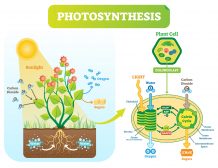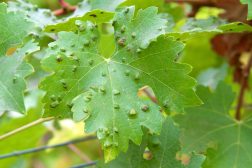Definition
noun, plural: sebaceous glands
An exocrine gland secreting sebum that lubricates hair and skin
Supplement
A sebaceous gland is an exocrine gland in the skin that secretes sebum usually into a hair follicle near the surface of the skin. The sebum it secretes is essential in lubricating the hair and the skin. It is an oily substance that gives skin and hair its waterproof characteristic.
In humans, the sebaceous glands are on all parts of the skin but they are greatest in number on the face and scalp and are lacking on the palms of the hands and soles of the feet.
A specialized sebaceous gland in the eyelids is called meibomian gland. It is found in the tarsal plate in the eyelid and secretes an oily substance, specifically referred to as meibum oil. The meibum oil is a type of sebum that serves as a hydrophobic barrier to help prevent tears from readily spilling onto the cheek and from evaporation of the tear film in the eye.
Other sebaceous glands are Fordyce spots, areolar glands, and preputial glands.
See also:
- Meibomian gland
- Holocrine gland
- Pileous gland
- Torres syndrome
- Sebaceous cyst
- exocrine gland
- sebum
- Fordyce spot
- areolar gland
- preputial gland






